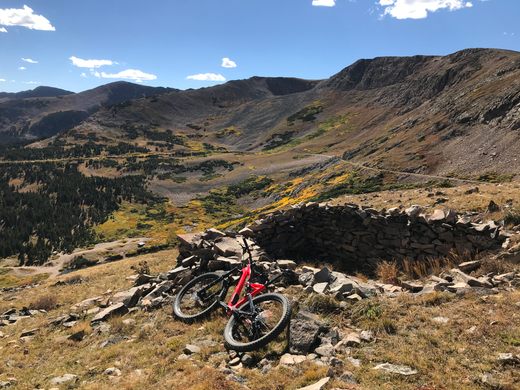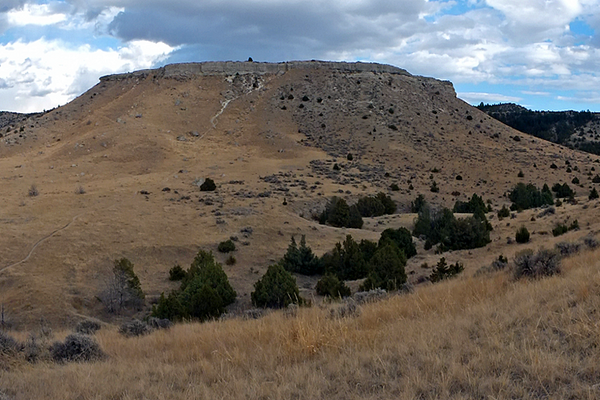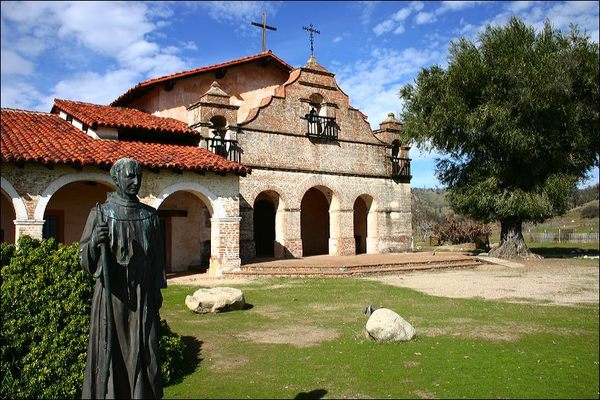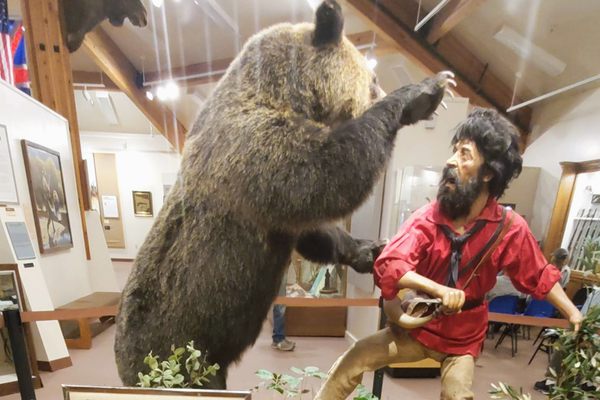Rollins Pass Game Traps
Paleoamericans built these ancient walls high in the Colorado Rockies as part of an extensive hunting system.
Long, low walls stretch for more than a mile along the top of Colorado’s Rollins Pass. They aren’t the work of modern ranchers or 19th-century road builders. These walls were used by Paleoamericans to trap large animals and funnel them into blinds where hunters were waiting.
The handbuilt barriers were made between 6,000 and 10,000 years ago, according to carbon and lichenometric (measuring the rate of lichen growth) dating. Several walls stripe the landscape, accompanied by various hunting blinds.
You don’t have to look far to find traces of the walls’ prehistoric past. Ancient arrowheads have been found littered around the earth, and a well-used bow was even found by John Quincy Adams Rollins during construction of a wagon road.
Although animals would have been easily able to step or jump over the low walls, their natural instincts (and perhaps fear) led them to follow the walls until they reached an opening. But unfortunately for the beasts, instead of finding freedom, they’d eventually find groups of hunters waiting in the blinds.
The main blinds are often found in pairs, with one being on each side of the wall. Other blinds were scattered around the wall to allow other hunters to harvest the stragglers or escaped animals. One of the walls is even constructed so that it runs along the top of a cliff, which serves as a secondary trap.
Know Before You Go
The game traps are 15 miles east of Winter Park along the Rollins Pass Railroad. The drive is rough but can be done in a car. Vehicles with higher clearance do better on the Rollins Pass road, however.
From the top of Rollins Pass, travel about 3/4 of a mile on a rough jeep road (a high clearance vehicle is required for this part of the trip). It is possible to hike to the walls from the Corona townsite, but be aware that this is high altitude and plan accordingly. Stay off the mountain if rain or thunderstorms are threatening. Bring water and warm clothing as the area is significantly cooler than lower altitudes.

















Follow us on Twitter to get the latest on the world's hidden wonders.
Like us on Facebook to get the latest on the world's hidden wonders.
Follow us on Twitter Like us on Facebook